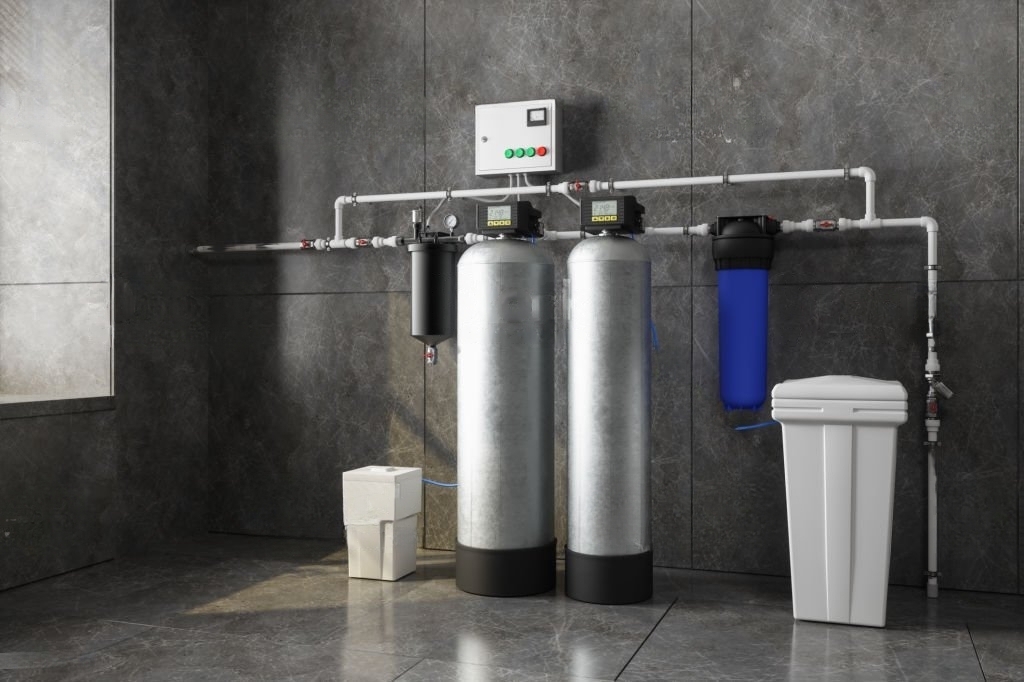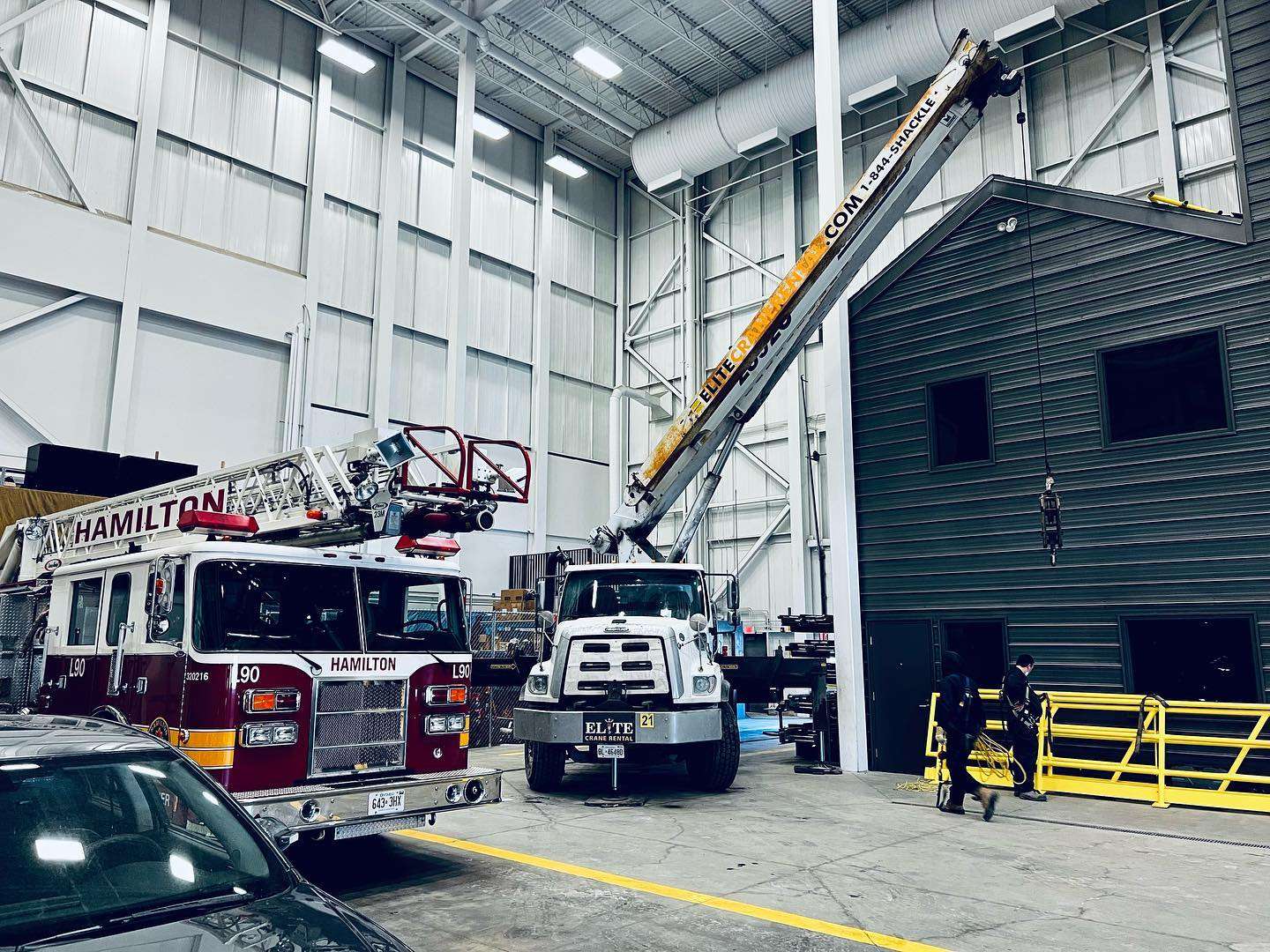Do you want to enjoy the best pure and healthy drinking water at home? Then you need a good filtration system, like the one provided by reverse osmosis equipment. Discover from Aqua Drink what are the criteria to take into account to choose the one that best suits you.
If the water in your home is not as pure as you would like, has sediment and other impurities, or you simply don’t like the taste of it, you may need to install a mechanism capable of treating the water to improve it.
To begin with, it is important to know what the water in your house is like, its salinity and hardness, in order to find the appropriate treatment that improves its quality and flavour.
What is reverse osmosis equipment?
The solution to your problem of low quality water will depend on the type of water you have at home. If this is very saline, then you need reverse osmosis equipment. It is a filtration system that purifies water through a semi-permeable membrane, at a certain pressure (usually less than 3 bars), capable of retaining (and separating) any polluting particle in suspension -lead, chlorine, viruses, bacteria-, metals and bad flavours).
In this way, much purer drinking water is achieved (they eliminate between 90% and 95% of impurities, that is, almost all the impurities in the water). The osmosis equipment incorporates a tank to store the already treated water so that you have it available when you need it.
Criteria for choosing the best system
With pump or without pump?
If the water pressure in your house is weak, the osmosis equipment that you install will not work correctly. This happens, for example, in summer in coastal areas with high tourist occupancy. In these cases, it is necessary to choose a system with a built-in pump, which ensures stable operation of the machine.
Compact or standard systems
Osmosis equipment is installed under the kitchen sink. If you’re short on space, it may be worth choosing a compact model, covered by a single casing. In addition to being less bulky, they are easier to install and offer more comfortable and hygienic maintenance, especially when changing filters. A practical and clean solution that is worth considering.
Are you worried about the amount of water being wasted?
Reverse osmosis equipment purifies water, but to do so, part of the water is discarded. When choosing one of these pieces of equipment, it is convenient to decide on new models equipped with a membrane made of the latest generation polyamide that is capable of minimizing the water that is wasted, which is more sustainable.
Bet on the leak detector
It is another of the factors that can make us decide on a specific team, given the benefit it provides. A leak detector is a kind of compact sponge that is installed in the pipe. When it gets wet from a leak, it expands and blocks the passage of water, avoiding greater harm. The compact equipment incorporates a leak detector.
Do you want to enjoy purifying tap water at home? Our experts install it for you.
Advantages of osmosis equipment
The recommendations of doctors and nutritionists are to drink an average of between 1.5 and 2 litres of water per day per person. If we calculate the daily consumption of a typical family of 3 or 4 people, we would be talking about the daily consumption of a minimum of 7 litres of water. If our custom is to do the shopping on a weekly basis, we should take into account that a week we have to buy about 50 litres of water.
We also have to take into account the wide range of water quality that we find, whether it is low mineralization or low in sodium, among other types. Tap water varies greatly depending on the area in which we reside. Therefore, installing an osmosis system at home provides several advantages.
- We obtain water with a low degree of mineralization, free of sodium and any type of mineral that the water contains.
- It consumes almost no energy.
- We have reverse osmosis water always available, as it has a small 8 to 10-litre accumulator and, if we empty it, it takes less than two hours to refill.
- It is a system that is easy to install, economical and easy to maintain.
- Its size is so small that it can be mounted under the sink.
How to maintain osmosis equipment?
The filters that these pieces of equipment have to be replaced after a period of time. The sediment, activated carbon, granular carbon and post-filter filters must be replaced after one year, while the membrane must be replaced after the second year.
The mineralizing filter will be replaced as the minerals inside it disappear, which is usually approximately one year. But to have better control over the state of the filters, the ideal is to have a TDS meter that will indicate the particles per million (PPM) that the water contains, so it is recommended to measure the water that is supplied to us by the network and compare it with the water that the team gives us.
The value of the water provided by the osmosis equipment must not exceed 80 ppm, although ideally, it should not exceed 25 ppm. By making a periodic control with the TDS meter, we can know the state of the filters and thus know when to change them.
Common faults
No water comes out of the additional tap
One of the main faults that can arise, once we have installed the osmosis water treatment system, is that we have installed it and no water comes out of the additional tap that we have installed in order to enjoy fully purified water.
You should know that there are 3-way faucets, which can be installed by replacing the kitchen faucet that we commonly have, through which osmotic water and running water come out and with this, we avoid making new holes in the sink.
Why is this happening?
Normally, it is due to the fact that the pressure in our home is less than the 3 kilos of pressure that are required to be able to have it installed. Before carrying out the installation, it is recommended to use a manometer to verify that the inlet pressure is at least 3 kilos and the maximum is 5 kilos.
You must bear in mind that having a pressure pump in the house has nothing to do with the osmosis equipment. The equipment will continue to not work and will only have pressure when we open a faucet in the house and it activates the pressure pump.
How to solve the problem?
- When we find this fault, there is no need to be alarmed, there are additional pumps that are placed on top of the osmosis equipment that help regulate the inlet pressure so that it works correctly.
- If you do not want to complement it with the pump because the system you have is not new and you want to get a new one, there are osmosis models with the pump included which will be more practical when mounting it.
Suddenly the water stops coming out of the faucet
Another fault that we usually find is that it has always gone well for us, but suddenly water has been let out of the additional tap.
This is because the pressurized equipment of our osmosis has lost the necessary pressure that they carry inside so that the water can come out.
How to solve the problem?
We can solve the problem with a pump to inflate a ball, giving it the pressure required by the manufacturer. Never exceeding ourselves.
After a change of filters, the water stops circulating
Suddenly we change the filters and water stops circulating through our filters, what is happening? The osmosis equipment has a four-way valve that, when the filters are changed and there is an abundant problem of lime, usually gets blocked.
How to solve the problem?
The idea is to change the piece since access to it is very complicated and cannot be repaired. Normally, this is usually damaged when the filters are changed and the installation is not properly bled, that is when the air is not removed. This causes all the sediments and impurities that are in the device to reach this valve and it gets clogged, leaving it useless.
The water tastes bad
We have been using our equipment for a while and the water begins to taste bad. This means that we must replace the filters.
How to solve the problem?
Normally, when the water treatment system has been installed from eight months to a year, the three bottom filters have to be changed, that is, sediment, activated carbon and granulated activated carbon. The postfilter that is at the top must also be changed. In addition, it is important that you keep in mind that the membrane must be changed, generally, every two years.









